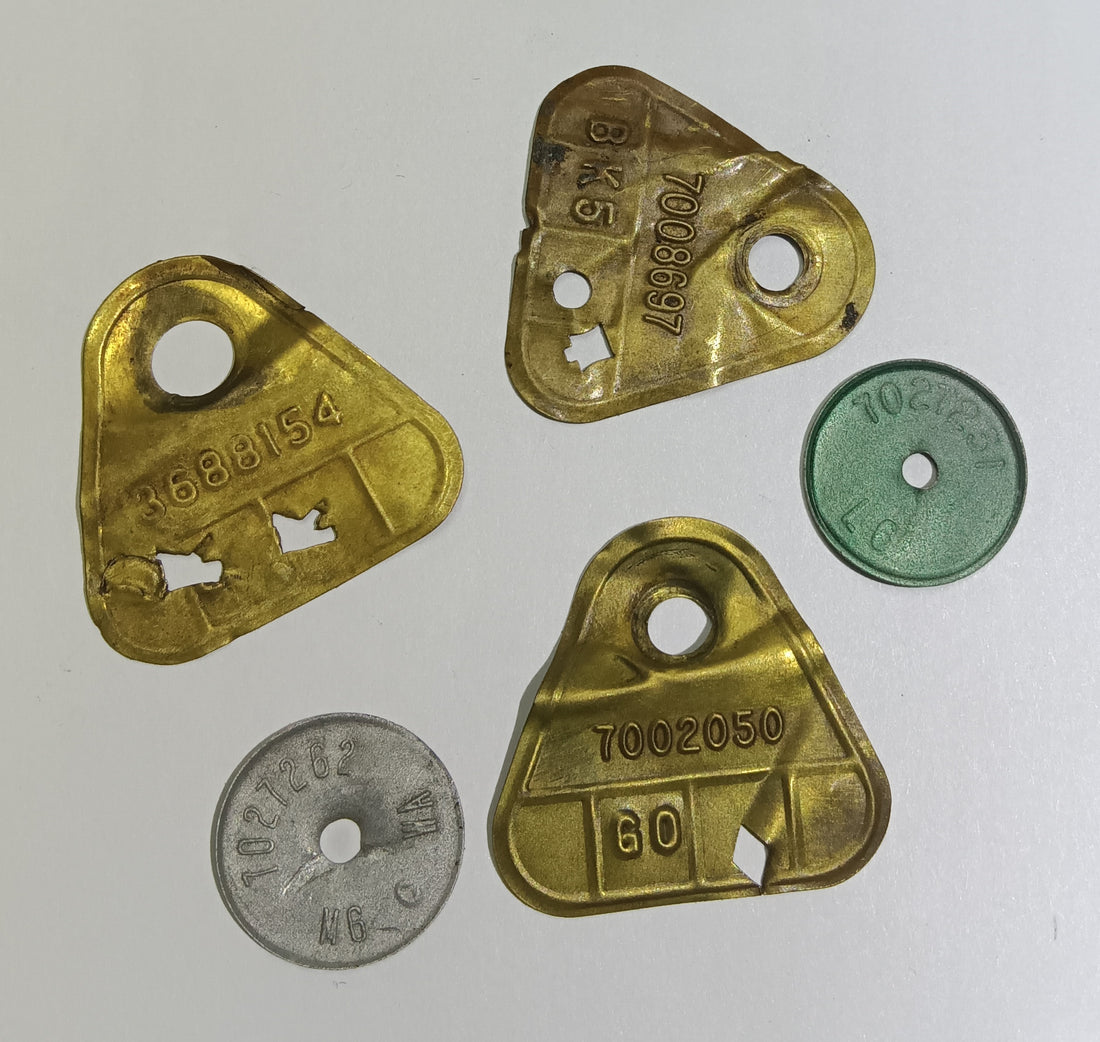In the early days, General Motors began manufacturing Rochester carburetors and utilized tags as a means of identification. These tags were brass, copper, or aluminum and needed to ensure a correct carburetor replacement. As time passed, age became a factor as the thin piece of metal crumbled, or independent re-builders forgot to re-attach said tag. Around 1967, General Motors got a brilliant idea to stamp the identification number directly into the carburetor's main body. Some models, like the 2GC, were stamped near the fuel inlet, while the Quadrajet was near the 'Quadrajet' logo.
Today, identifying late General Motors carburetors is straightforward with the internet. The internet provides helpful information on a carburetor's application. However, occasionally, a person will come across an early General Motors carburetor without the identification tag, and the investigation hunt begins. I have received many calls and emails asking if I would identify a carburetor they found at an estate sale or in their garage.
In conclusion, General Motors started using tags and later stamped an identification code onto the unit. Some identification stampings are near the fuel inlet or the 'Quadrajet' logo. Finally, if you find a carburetor without a tag or stamp, don't be afraid to ask a carburetor shop to identify the unit. I couldn't tell you how often someone found a carburetor and, to my amazement, realized it was a diamond in the rough.

